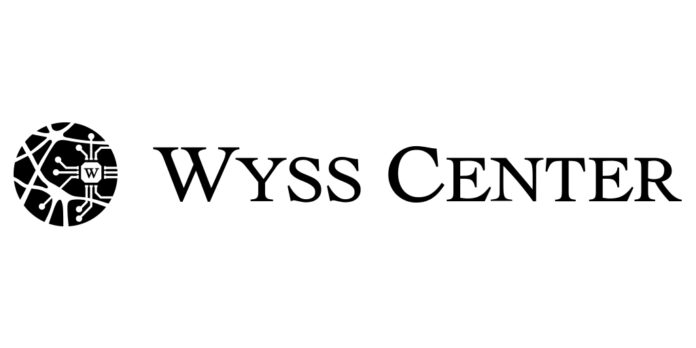GENEVA– GliaPharm SA, a biotech company that specializes in the research and development of novel therapies to treat and prevent neurological diseases, and the Wyss Center, a non-profit organization dedicated to accelerating discoveries in neuroscience to improve patient lives, today announced a collaboration to develop new treatments for Alzheimer’s disease.
One of the hallmarks of neurodegenerative diseases such as Alzheimer’s is reduced glucose uptake by the brain, known as hypometabolism. This metabolic decline occurs before symptoms appear and persists as the disease progresses. There are currently no specific drugs to address this problem.
GliaPharm’s innovative therapeutic approach targets glial cells, the ‘support cells’ of neurons, to increase glucose uptake in the brain and enhance brain energy metabolism in pathological conditions. The company is currently tackling hypometabolism in an ‘orphan’ neurological disease named Glucose Transporter 1-Deficiency Syndrome (GLUT1-DS). This rare disease is characterized by a reduced entry of glucose into the brain that leads to severe symptoms in children and adults.
“The collaboration with the Wyss Center will allow us to accelerate our drug development towards other neurological indications that are linked to brain metabolism dysfunction, such as Alzheimer’s disease.” said Prof. Pierre Magistretti, GliaPharm’s scientific founder.
“A particularly exciting element of this collaboration will be to investigate the molecular and cellular effects of GliaPharm’s lead candidate molecules using the state-of-the art brain imaging techniques possessed by the Wyss Center.” said Dr Richie Kohman, Chief Scientific Officer at the Wyss Center.
GliaPharm will test the impact of its lead candidates in preclinical models of Alzheimer’s disease to advance the compounds towards clinical stage. The team will also use the Wyss Center’s advanced imaging pipeline to analyze large volumes of brain tissue at high resolution. Comparison of treated and untreated brains at a cellular level will enable the team to identify clinically relevant biomarkers that could pave the way towards the development of molecules for clinical trials.


